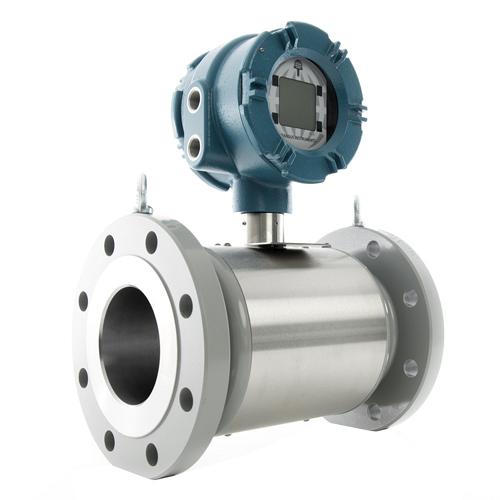
Fluid velocity measurement plays a pivotal role in various industries, ensuring accurate and reliable data for critical processes. Among the diverse array of flow meters available, ultrasonic flow meters have emerged as a leading technology, offering unparalleled precision. This article serves as a comprehensive guide to understanding, selecting, and mastering ultrasonic flow meters, with a focus on the expertise provided by controltechme.com.
Understanding Ultrasonic Flow Meters
Ultrasonic flow meters utilize sound waves to measure fluid velocity accurately. Unlike traditional methods, these meters are non-intrusive, offering advantages such as minimal pressure drop and versatility in applications. The two primary types, transit-time and Doppler ultrasonic flow meters, cater to different scenarios. Transit-time meters excel in clean liquids, while Doppler meters prove effective in applications with suspended particles or aeration.
The oil and gas industry demands precise flow measurements for optimal operational efficiency. Ultrasonic flow meters shine in this sector due to their non-intrusive nature and ability to handle a wide range of fluid compositions. From monitoring the flow of crude oil to measuring the efficiency of gas pipelines, ultrasonic flow meter provide the accuracy required for critical decision-making.
Features and Capabilities
Key features set ultrasonic flow meters apart. Their non-intrusive design allows for installation without disrupting the flow, ensuring minimal impact on operations. High accuracy and reliability make them suitable for industries where precision is paramount. Furthermore, ultrasonic flow meters accommodate a variety of fluids, from water to corrosive chemicals, making them versatile across applications.
Modern ultrasonic flow meters come equipped with advanced capabilities, including sophisticated signal processing technology and digital displays. These features enhance user experience and provide valuable data for real-time monitoring and analysis. The adaptability of ultrasonic flow meters to digital communication options further facilitates integration into modern control systems.
Installation and Maintenance
Proper installation is crucial for the optimal performance of ultrasonic flow meters. Guidelines for installation ensure accurate readings and extend the lifespan of the equipment. Regular maintenance, including cleaning and calibration, is essential to prevent malfunctions and guarantee continuous precision. This section provides insights into best practices for installation and tips for troubleshooting common issues.
To make an informed decision, users must compare ultrasonic flow meters with alternative technologies. Contrasting them with electromagnetic flow meters reveals unique advantages, such as the ability to handle a broader range of fluids and reduced maintenance requirements. Understanding these differences aids in selecting the most suitable flow meter for specific applications.
Real-world success stories showcase the practical benefits of ultrasonic flow meters. Companies in diverse industries have experienced enhanced efficiency and cost-effectiveness after implementing these meters. Case studies highlight the positive impact on processes, ranging from water treatment plants to chemical manufacturing facilities, providing valuable insights for potential users.
Innovations and Future Trends
The world of flow measurement is not static, and constant innovation drives the evolution of ultrasonic flow meter technology. This section explores recent advancements, such as improvements in signal processing algorithms and developments in sensor technology. Emerging trends, such as the integration of artificial intelligence for predictive maintenance, offer a glimpse into the future of fluid velocity measurement.
Choosing the right ultrasonic flow meter involves considering various factors. Flow rate range, fluid compatibility, and environmental conditions play a crucial role in the selection process. This buying guide assists users in navigating through these considerations, providing practical tips for making informed decisions. Additionally, the article reviews popular ultrasonic flow meters available on controltechme.com, offering readers a curated selection of reliable options.
Conclusion
In conclusion, mastering fluid velocity measurement is essential for industries reliant on accurate flow data. Ultrasonic flow meters stand out as a leading technology, and this guide has provided a thorough understanding of their principles, applications, and features. With a focus on controltechme.com, users can explore a range of ultrasonic flow meters tailored to meet diverse industry needs. As technology continues to evolve, staying informed about the latest innovations ensures optimal performance and efficiency in fluid velocity measurement systems.





